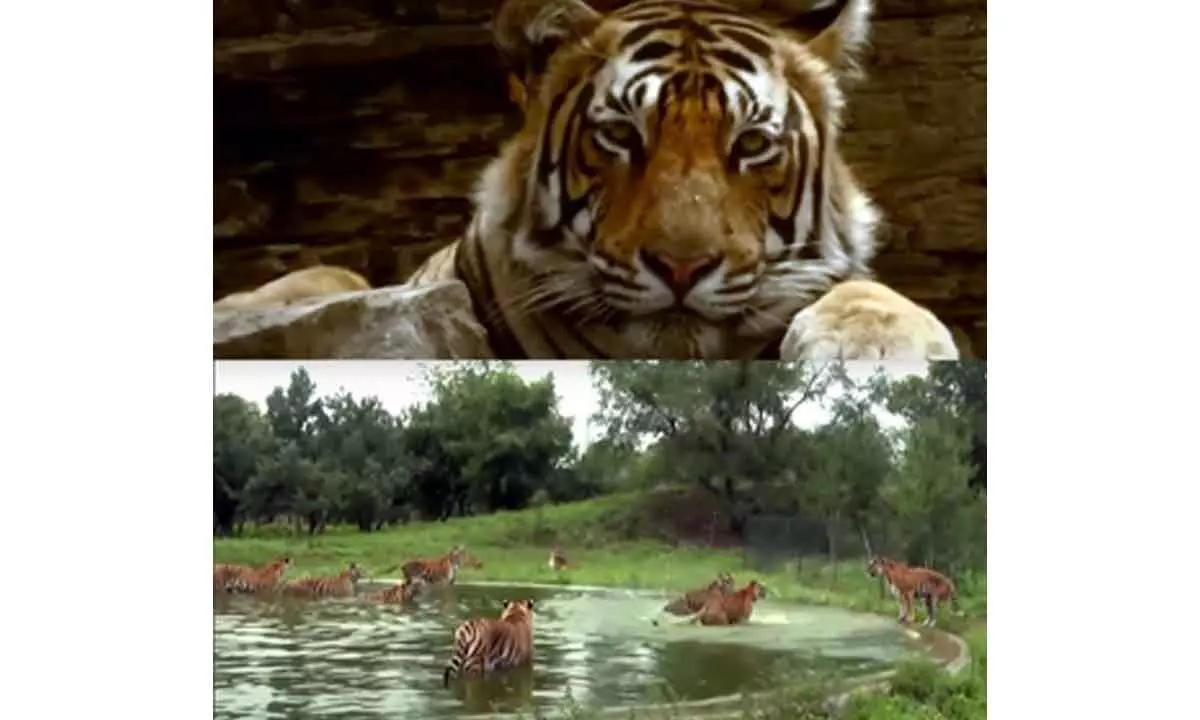Global wild tiger population sees notable increase: WWF
Share :

The global wild tiger population has risen from approximately 3,200 in 2010 to around 5,500 in 2024, with countries such as China, Russia, India and Nepal doubling their wild tiger populations, according to the World Wildlife Fund (WWF).
Harbin (China) : The global wild tiger population has risen from approximately 3,200 in 2010 to around 5,500 in 2024, with countries such as China, Russia, India and Nepal doubling their wild tiger populations, according to the World Wildlife Fund (WWF).
The data was announced at the ongoing 2nd International Forum on the Conservation and Recovery of Tigers and Leopards, held in the city of Harbin, northeast China's Heilongjiang Province.
Over the past decade, the rapid decline in the global wild tiger population has been reversed. In China, wild tiger habitats have been effectively restored and improved, leading to a gradual increase in the wild tiger population, said Zhou Fei, Deputy Director-General of the WWF Beijing Representative Office, at the forum on Monday.
Tigers, being among the species at the top of the food chain, are an indicator of the health of the ecosystem. In recent years, China has placed significant emphasis on the protection of wild tigers through diverse efforts, including setting up national parks, hunting bans and completely prohibiting the trade and use of tiger bones in medicine.
One notable effort is the establishment of the Northeast China Tiger and Leopard National Park, which spans over 1.4 million hectares across the northeastern provinces of Jilin and Heilongjiang.
According to the statistics from the park, approximately 70 wild Siberian tigers, one of the world's most endangered species and a flagship species of the forest ecosystem, are now living within its bounds, with 20 tiger cubs born in the park in 2023.
















